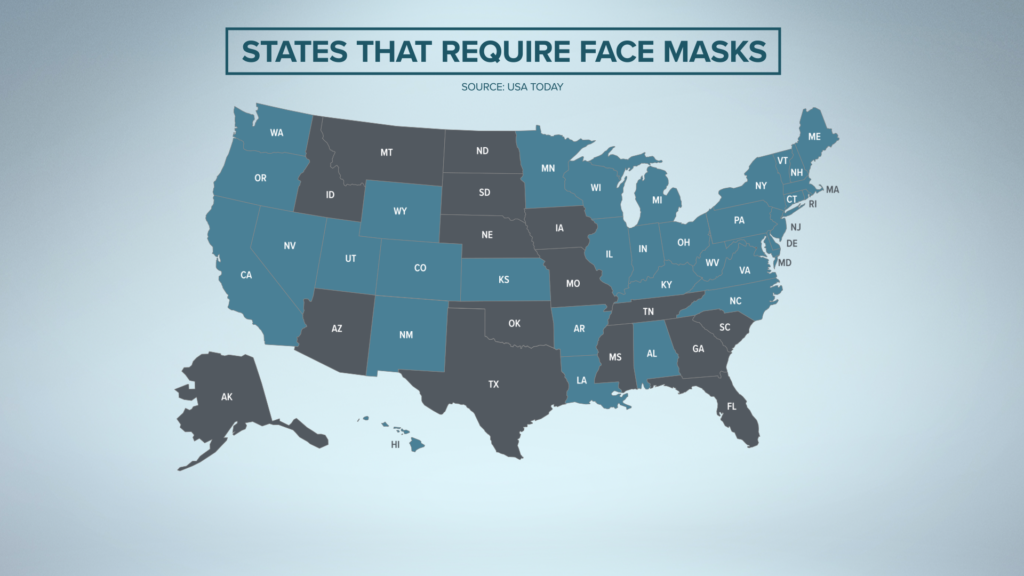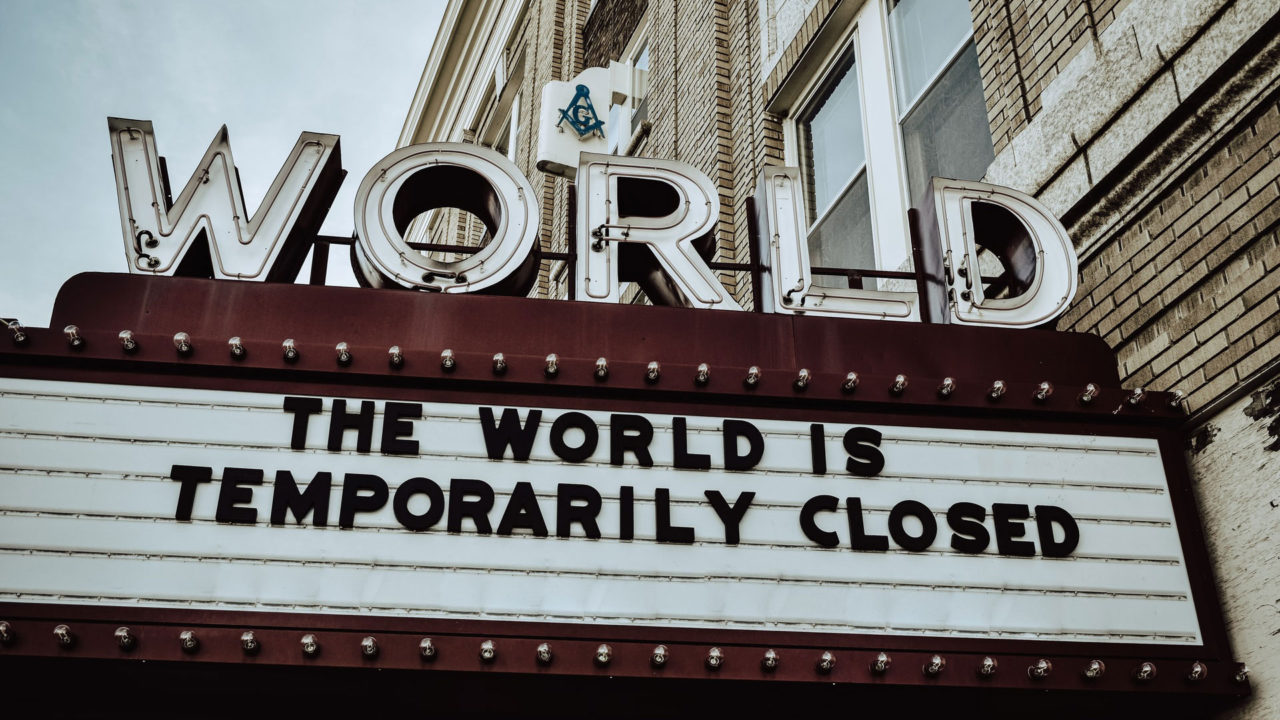As we approach the 1 year anniversary of the “2-week quarantine”, let’s talk about the pandemic. In March of 2020, we didn’t know what we were facing with COVID-19. As a result, our country shut down for 2 weeks to analyze and allow hospitals to prepare and not be overwhelmed. While we are a country of independent-minded people, the country, willingly or not, paused for what was supposed to be 2 weeks. During the lockdown, hospitals lost money and had to lay off staff which created a shortage when we needed them. Here we are a year later, with many states (mine included) still in a lockdown state resulting in economic and emotional depression.
Our country, though not perfect, is blessed to have been founded by individuals with great wisdom and insight to form a government with balanced power and anti-monarchical states. We are structured for balance within the federal government by three branches, and power is distributed to the states. These tiers of government, federal, state, and local, allow for the adoption of laws and policies uniquely beneficial to the regions they represent. What works in California may not work in Pennsylvania.
I’m not going to get it into playing “Monday morning quarterback”, or I told you so. I do not find that beneficial when looking for a solution. However, if you look at the structure by which our governments should operate, we should have handled the pandemic differently. From the beginning of the pandemic, I suggested the following approach to handling the pandemic.
The federal government’s responsibility is to protect this country’s citizens from foreign threats. Step one was to shut down our borders until we knew more information, which President Trump did. Step two would be for the federal government to release recommendations for managing the pandemic through the CDC. As a part of this step, the federal government promotes the power given to states to develop their own plans for handling the virus. In my opinion, step three would be for the states to pass the power to local governments and, in turn, leave the decision up to each business.
With this procedure in mind, let’s play it out. The federal government issues a mask recommendation for federal travel, but it is up to each airline, train, or bus provider to decide their policies. So if Southwest decides that masks aren’t required, and United Airlines requires masks, that is their choice. The consumer will choose which airline they prefer. Moving down to the state levels, each business should decide how they want to manage their business risk. If Walmart requires masks to be worn, but a Mom and Pop Hardware store down the street does not, then the market will allow everyone to shop where they would feel most comfortable. Is it not similar to a “no shirt, no shoes, no service” policy?

Florida took this approach, and we see it has been equivalent or more effective than California’s shutdown. Texas also joined this approach today, announcing the end of the mask mandate. Governor Abbott said, “people and businesses don’t need the state telling them how to operate.” So why didn’t more states follow this approach? Do they think that we don’t have the ability or right to make our own choices about operating our private businesses?
It’s time for more states to remove their mandates and allow individuals to exercise “personal vigilance” in navigating this pandemic. If a business asks you to wear a mask while engaging with that business, please be respectful to their request and wear a mask. Set aside your pride, extend grace and respect each other.

Jonathan Arndt
From working food service at camp, I discovered that “no shirt, no shoes” is not a policy choice a store makes, but is a state Health Department requirement (not optional). Naturally, one of the current disagreements with mask mandates is whether they deserve to be on a level with state-wide requirements, or simply a store policy choice.
Bradley Halladay
Food service at camp is a great experience. I spent several years in high school and college working for a french fry “food truck”. You learn a lot about food safety and health code rules. I believe the Health Department code across each state applies to those preparing and serving food, not necessarily to patrons of the restaurant. The “no shirt, no shoes” policy for patrons is a commonly adopted practice of restaurants in order to keep their restaurant decent for other patrons. They make that decision because they find they will get the most economical return for patrons to be decently dressed while in their establishment. On the flip side, if you were to visit a beach town there will be restaurants on the boardwalks and piers that may not require shirts or shoes. They’ve made that choice to entice patrons coming off the beach to grab a quick bite at their establishment. Certainly the employees at these restaurants will have to adhere to local Health Department codes.
I found this article to be interesting. No Shirt, No Mask, No Service?
Jonathan Arndt
Oh wow. There are barefooter societies dedicated to going around with no shoes. And they have apparently written to the health departments of all 50 states. According to these letters, it seems… at least in PA… there are NO rules about shoes for either patrons OR employees. This is so weird! I’m glad I looked into this.